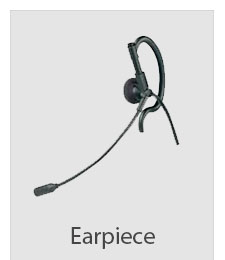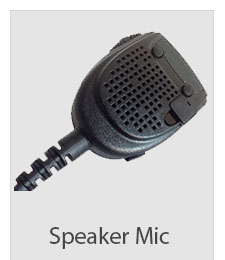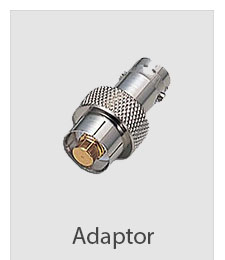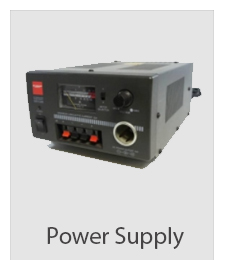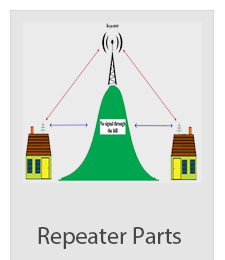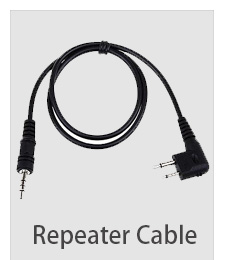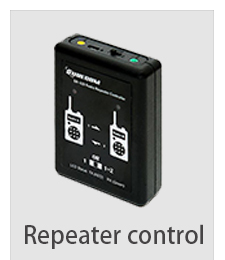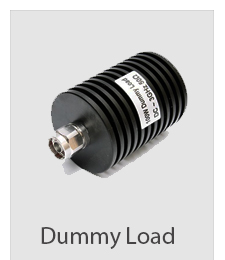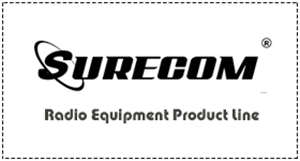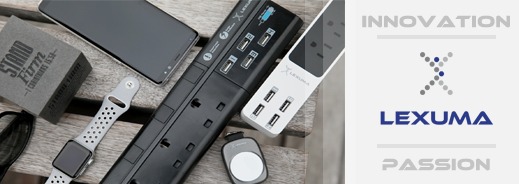DMR Digital Mobile Radio
Digital Mobile Radio, or DMR for short, is a digital two-way radio standard offered by ETSI for global use. It is an open standard designed primarily to replace the aging analogue standards with double the channel capacity, providing cost optimised, secure and reliable communications for professional mobile users.
DMR was also developed to facilitate an easy upgrade path from analogue to digital radio, along with the aim of ensuring interoperability between different vendors.
The European Telecommunications Standards Institute (ETSI) first developed the specifications for the standard in 2005, with the trunked standard specification following in 2012. The DMR interface is set out in four key ETSI documents covering: Air Interface Protocol; Voice and General Services and Facilities; Data Protocol; and Trunking Protocol. These are now commonly referred to as DMR part 1, 2, 3 & 4.
One of the reasons DMR provides such an easy migration path for existing analogue radio users is that it operates within the existing 12.5 kHz channel spacing used in licensed land mobile frequency bands globally. This removes the need for time consuming and expensive frequency re-cycling or special frequencies allocation. Most manufacturers enable mixed fleets of analogue and digital radios to operate together to enable a gradual transition.
The great benefit of DMR is that it provides two voice channels for every one analogue channel through the use of two-slot TDMA (Time Division Multiple Access) technology, which divides a 12.5 kHz channel into two independent time slots. It also means DMR achieves the 6.25 kHz channel equivalence (6.25e), specified by many global regulators seeking greater spectral efficiency.
Something for everyone
DMR is designed to meet the requirements of a very wide user base from consumer and short-range business users requiring only low power, cost-optimised radios, to professional users for whom radios are critical to the efficient working and success of their business or organisation, to emergency services for whom radios are a vital mission critical tool.
The types of businesses and organisations who typically rely on private radio communications include, public sector bodies (central & local government, education, healthcare) transportation, utilities, energy, logistics, industrial, manufacturing, hospitality, retail and public safety organisations.
The communications needs of these organisations vary widely depending on numbers of users, coverage area (anything from a single building to a whole region or beyond) health and safety regulations and the range and sophistication of applications and services required. The DMR standard is therefore divided into three tiers designed to meet this variety of end users and their differing requirements.
DMR Tier 1 (Unlicensed): Products are for use in the license-free 446 MHz band and use direct mode (radio to radio) communication only without the need for any infrastructure. Radios are restricted to a maximum 0.5 Watt transmission power and lack advanced features. Tier 1 products are therefore best suited for personal and recreational use and for small businesses or organisations operating on a very local basis.
DMR Tier 2 (Conventional): Tier 2 (II) covers conventional radio systems, mobiles and hand portables where a dedicated radio channel is allocated to each individual group of users. Tier 2 operates in PMR licensed frequency bands from 66-960 MHz. Products operate with high power levels enabling a greater range, which can be further extended with the use of base stations or repeaters to provide a wider coverage area. Tier 2 provides advanced voice features and integrated IP data services using two-slot TDMA in 12.5 kHz channels to support text messaging and packet data, including support for IPv4 and IPv6.
DMR Tier 3 (Trunked): Offers the same as Tier 2 but it also supports digital trunking. Tier 3 (III) trunking operations utilise a control channel to dynamically allocate a pool of radio channels to many different groups of users as required. Tier 3 also operates in frequency bands 66-960 MHz using the two-slot TDMA in 12.5kHz channels specification to provide a digital replacement for analogue MPT1327 trunked radio systems.
Tier 3 systems are generally used for large networks to provide the equivalent of a small-scale mobile telephone network. They usually require a controller to manage communications including simulcast and multicast. Tier 3 supports voice features such as individual and talk group calling in addition to the ‘all call’ and broadcast services of Tier 2. It provides short messaging services with up to 288 bits of data in a variety of formats. It also supports packet data service in a variety of formats, including support for IPv4 and IPv6. Tier 3 networks can also be tied in to public switched telephone networks (PSTN) or other telephony systems.
Interoperability testing of vendor products is overseen by the DMR Association, which was set up in 2009. However, the standard does allow manufacturers to introduce additional features on top of the basic specifications developed by ETSI.
It should be noted that DMR is very much a living standard, which continues to be developed and refined with new features and functionalities being added all the time. The development of the DMR Application Interface Specification (AIS) protocol is designed to make it much easier to develop third party applications that can work across different vendor equipment, thereby promoting greater interoperability.
Hytera is committed to the DMR open standard and strives to ensure its products meet the specifications set out in the standard as they are developed and that they are as interoperable as possible with other vendors’ equipment. Hytera provides a wide range of DMR Tier 1, 2 and 3 systems & terminals, accessories and applications to meet the needs of entry-level users, right up to mission critical agencies and enterprises requiring large, sophisticated networks with many advanced features.
|






